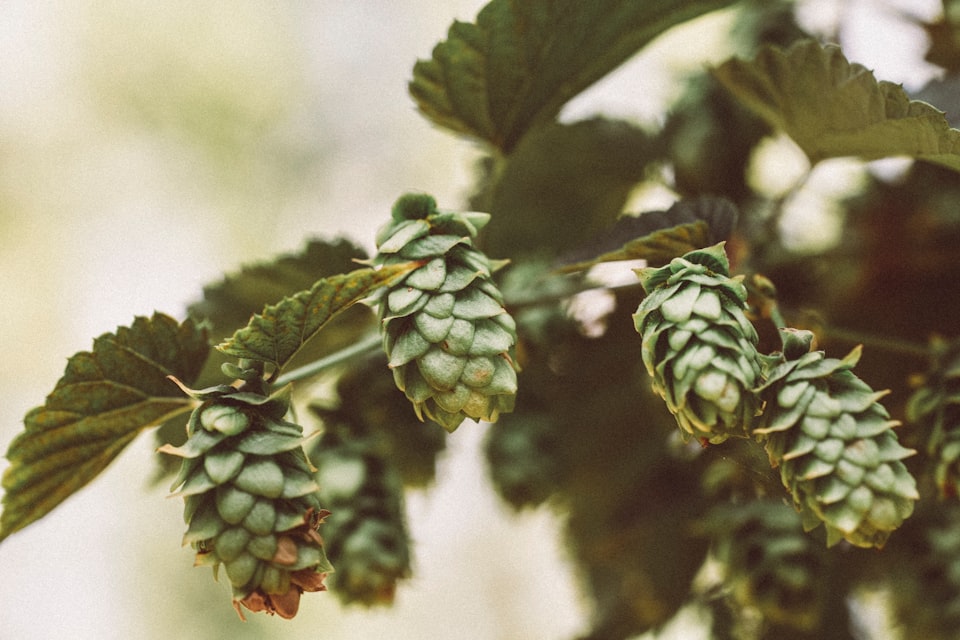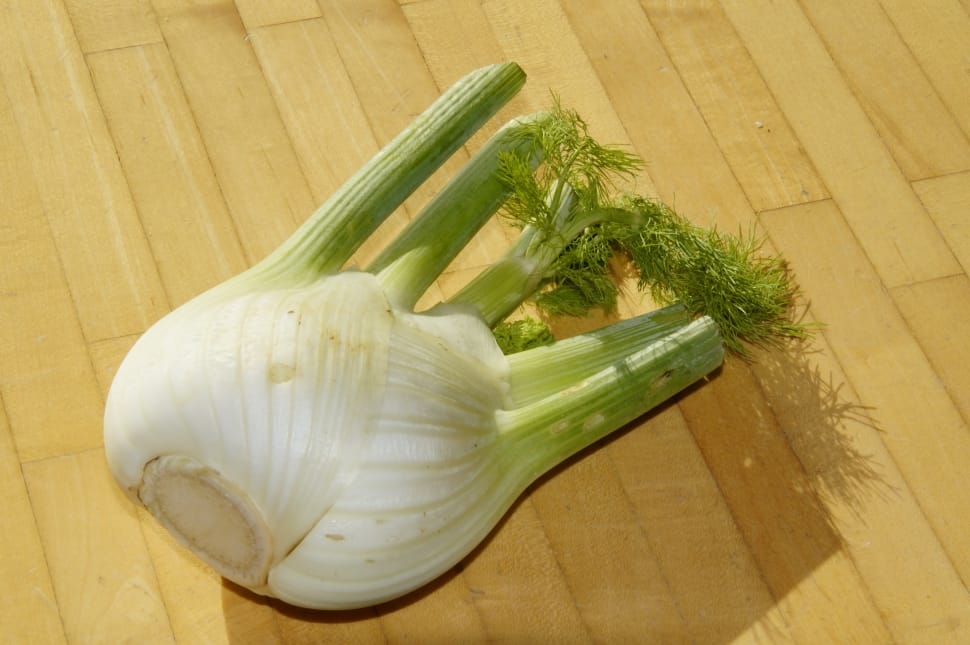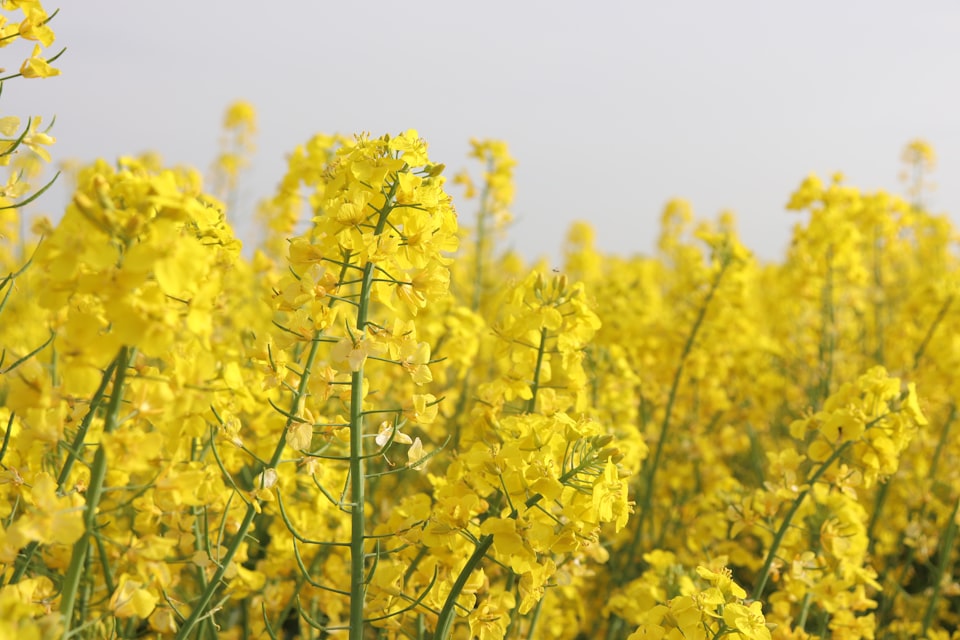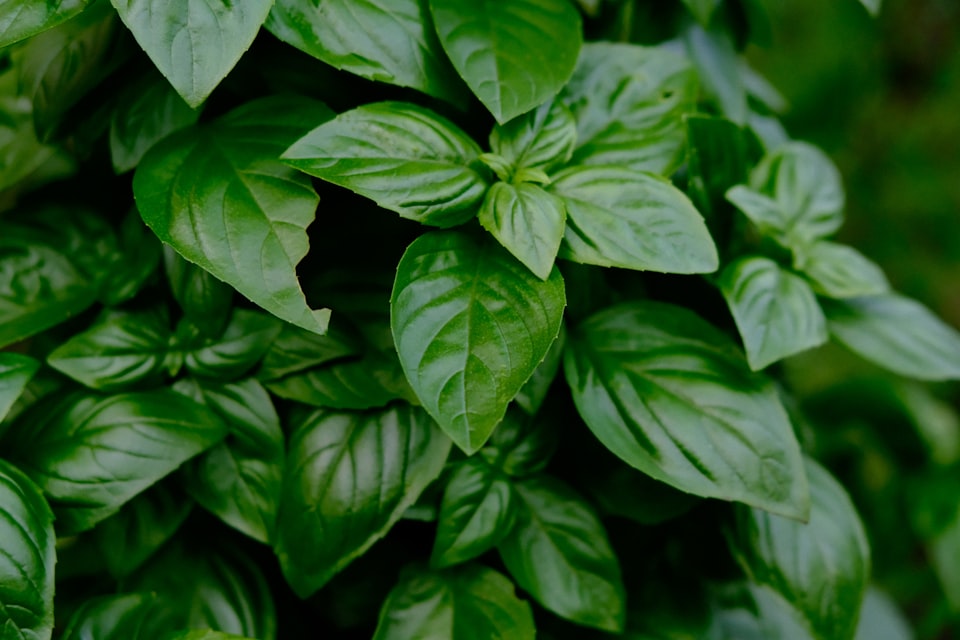VIII: Bugloss
A root that makes a dye that's also a chemistry set.

Good morning. Today is octidi, the 28th of Floréal, Year CCXXXI. We celebrate la buglosse, yet another borage plant.
💡
Bugloss sounds like an insect repellant, but the name is derived from the Greek for ox tongue because that's what the leaves resemble. Most of the time? Bugloss has become a common name applied to any old wild-growing plant with blue (or sometimes purple) flowers. Varieties of bugloss can be found in five different genuses of the borage family, so they don't have much in common, botanically, aside from the color and the (usually) smooth, large leaves. The most well-known varietal may be viper's bugloss, a native-to-Europe plant in the Echium genus that has spread throughout the world and has its own moth – also named viper's bugloss. This particular plant is dangerously poisonous but also strangely beautiful, with red stamens inside each flower coated in unusual blue pollen.
One of the more popular varieties of bugloss is called dyer's bugloss, but is more well-known by its alternate name: alkanet. Like other bugloss, the flowers are a vivid blue, but alkanet has the chemical – alkannin – in concentrated doses throughout its circulatory system, so that when the roots are crushed up and dried, the resulting powder is a dye.
What color? Well, that's where things get interesting. Alkanet can be red, blue, mauve, lavender, or gray, depending on how it's processed and what you're dyeing.



